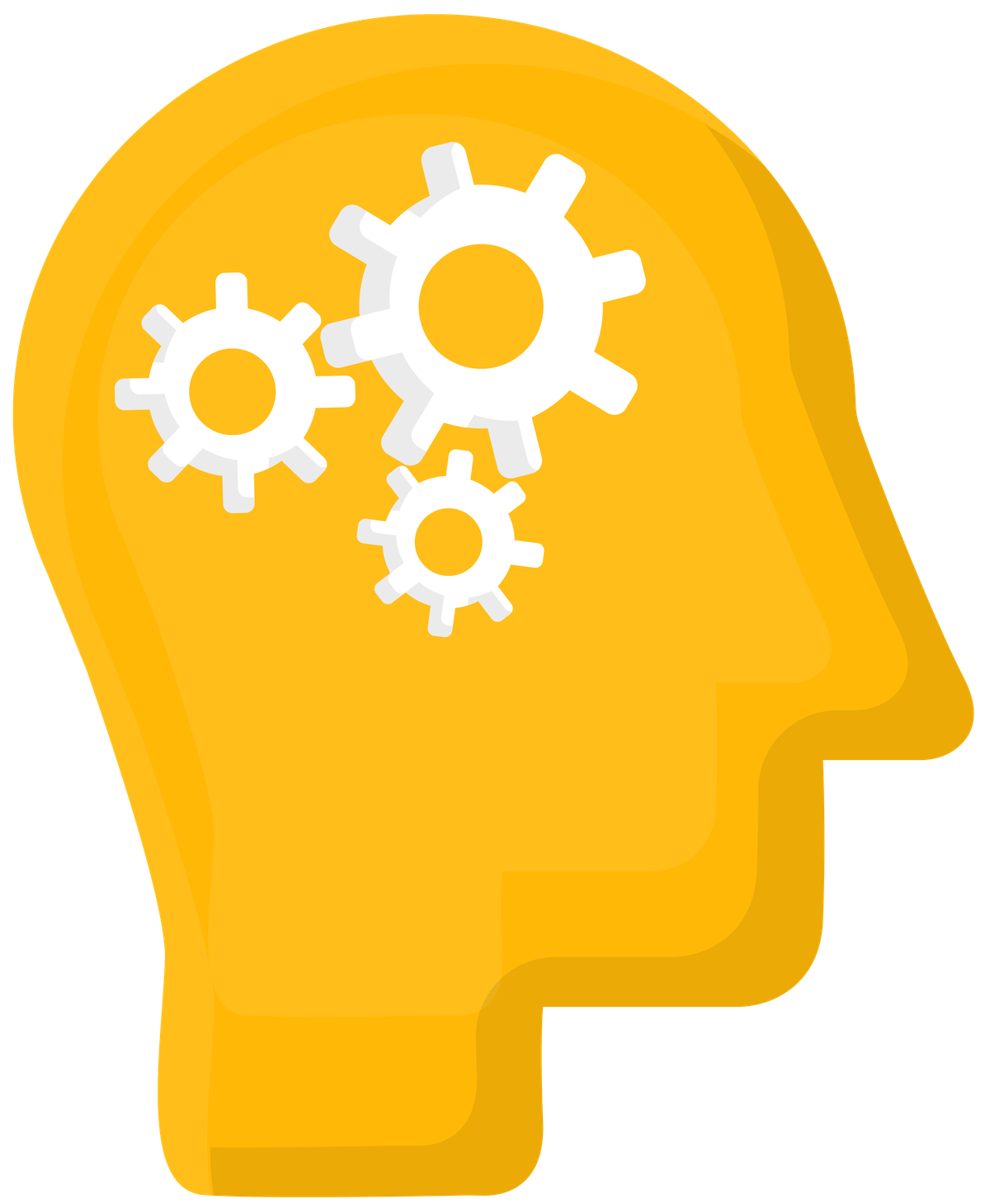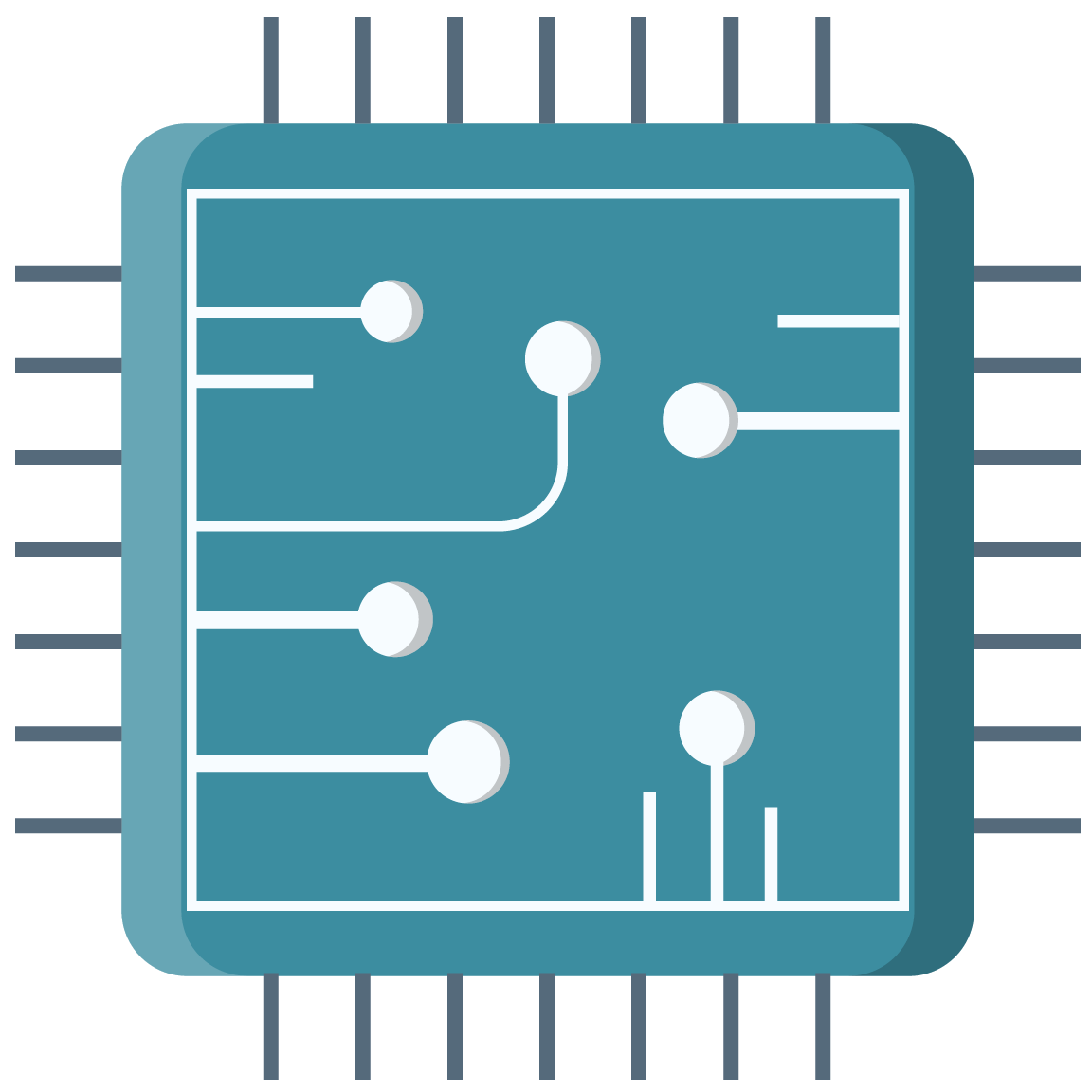Course overview
Get to know this course, its prerequisites, target audience, structure, and what you'll learn about YAML.
Welcome to this course
YAML is a data serialization language that lets you represent data in a human-readable format. It is a very popular data format for storing configuration information and is used in almost all modern DevOps tools, such as Docker, Kubernetes, Ansible, GitHub Actions, and CI/CD pipelines.
YAML’s syntax is straightforward, and the language offers several features that make it robust and versatile. Many programming languages use YAML, and its popularity is only going to continue to grow.
This course will teach you YAML fundamentals through clear explanations, practical examples, and hands-on exercises. By the end, you’ll confidently read, write, and debug YAML configuration files for any project.
About this course
This course provides an overview of YAML. It will cover the basic concepts of this language, explain its main features, and demonstrate its capabilities.
Every software engineer looking to create structured data in a human-readable format should learn YAML.
This course is aimed at software engineers of all levels, from beginner to advanced, who want to get up to date with YAML.
This course will introduce you to the YAML data serialization language and cover its syntax.
The course will cover basic concepts of this language, explain its main features, and show some of the key capabilities of YAML.
What you’ll learn
This course covers:
- YAML syntax and indentation rules
- Scalar data types: strings, numbers, booleans
- Complex structures: sequences (lists) and mappings (dictionaries)
- Advanced features: anchors, aliases, and multi-line strings
- Real-world applications in Docker, Kubernetes, and CI/CD tools
- Best practices for writing clean, maintainable YAML files
Prerequisites
There are no prerequisites for this course.
However basic knowledge and familiarity with any of the following technologies would be helpful, but is not mandatory:
- HTML,
- XML,
- JSON
Who this course is for
This course is intended for new YAML users or experienced developers who want to get up-to-date with the fundamentals of this technology.
This course is designed for developers of every level, from beginner to advanced, who want to get up to date with YAML syntax.
This course is designed for:
- Software engineers working with containerization and orchestration
- Full-stack web developers learning DevOps tools and configuration management.
- DevOps engineers wanting to master YAML fundamentals
- Software architects and managers interested in modern data serialization formats.
This course will be useful for anyone interested in learning how YAML works, including software architects, software engineers working on web and mobile technologies, data modelers, database administrators, backend developers, and technical writers.
By the end of this course, you’ll know what YAML is and its syntax and data types (including complex ones). We will also look at advanced features of YAML, various use cases of YAML, and tools for creating YAML effectively.
Meet the instructor
Hello everyone! I am Tarun, your instructor for this course. I am a software professional with two decades of programming experience.
I have experience as a software developer with some of the world’s most renowned software development firms, like Microsoft, BlackBerry, Oracle, and SAP.
In addition, for more than 15 years, I have been presenting at conferences related to software technology and actively writing technical articles and blogs to help everyone improve their understanding of key concepts of software technology.
You can learn more about me at my site or visit my LinkedIn profile to follow me.
You can follow me on Twitter @taruntelang or on Facebook. And, of course, you can visit and like this page to get the updates onupdates Introduction to YAML on Facebook as well!
I look forward to hearing from you!
From the author’s desk
My passion is helping beginners get started in the complex field of computer programming; therefore, my courses focus on the fundamentals and basic principles of programming.
Let’s get started!
Every aspect of my courses has been designed to help you learn what you need at a pace that works for your schedule and within your budget. Essentially, I want to make sure that every minute you invest in mastering a new topic should yield the best results possible!
Ready to begin? Let’s dive into what YAML is and why it matters!




